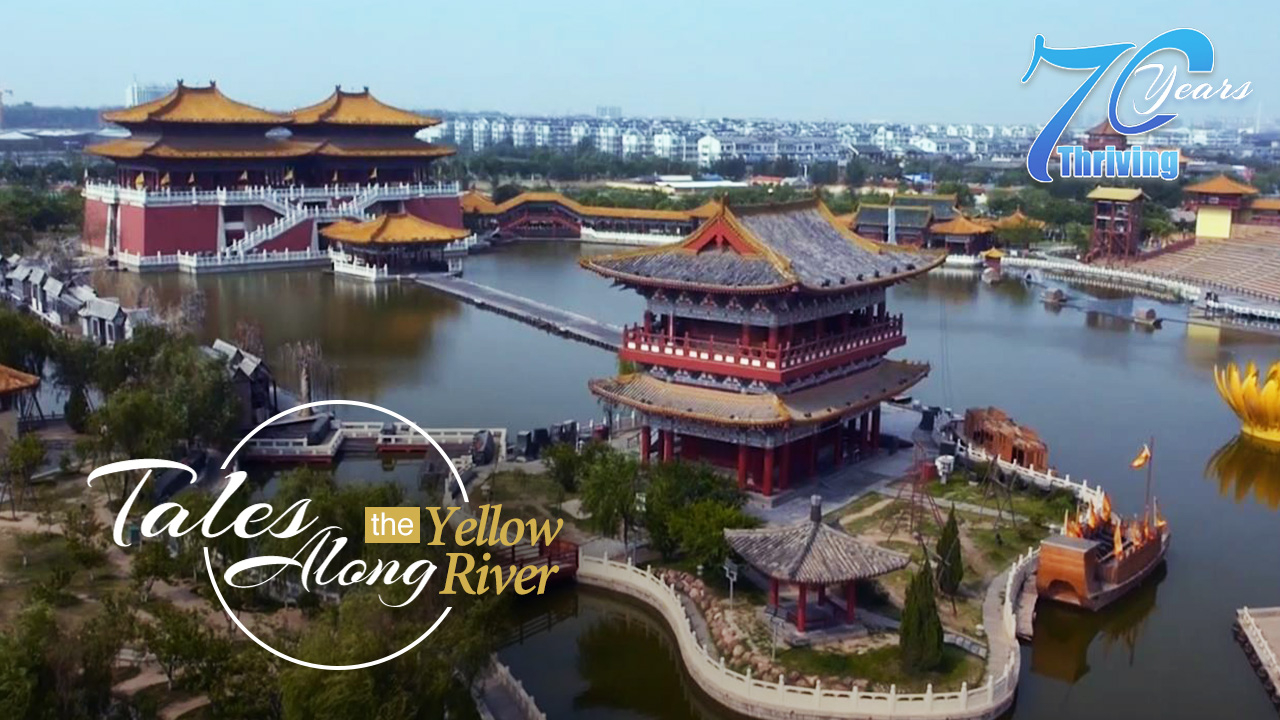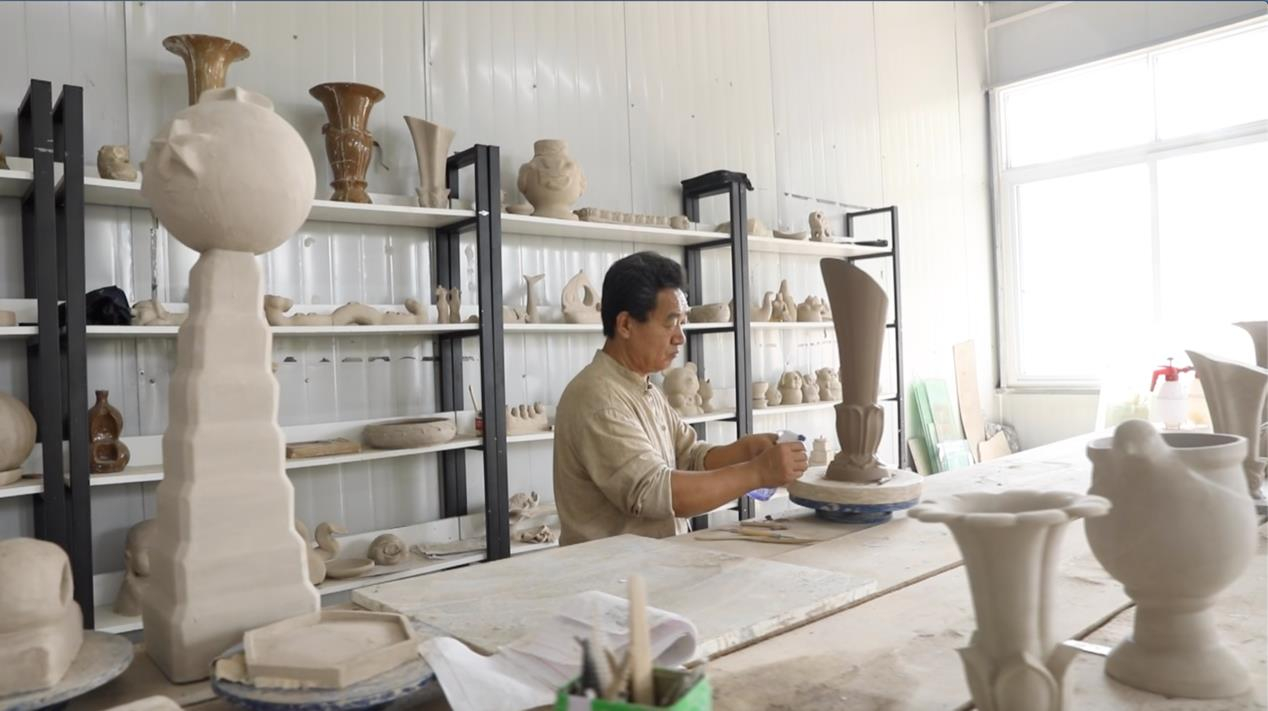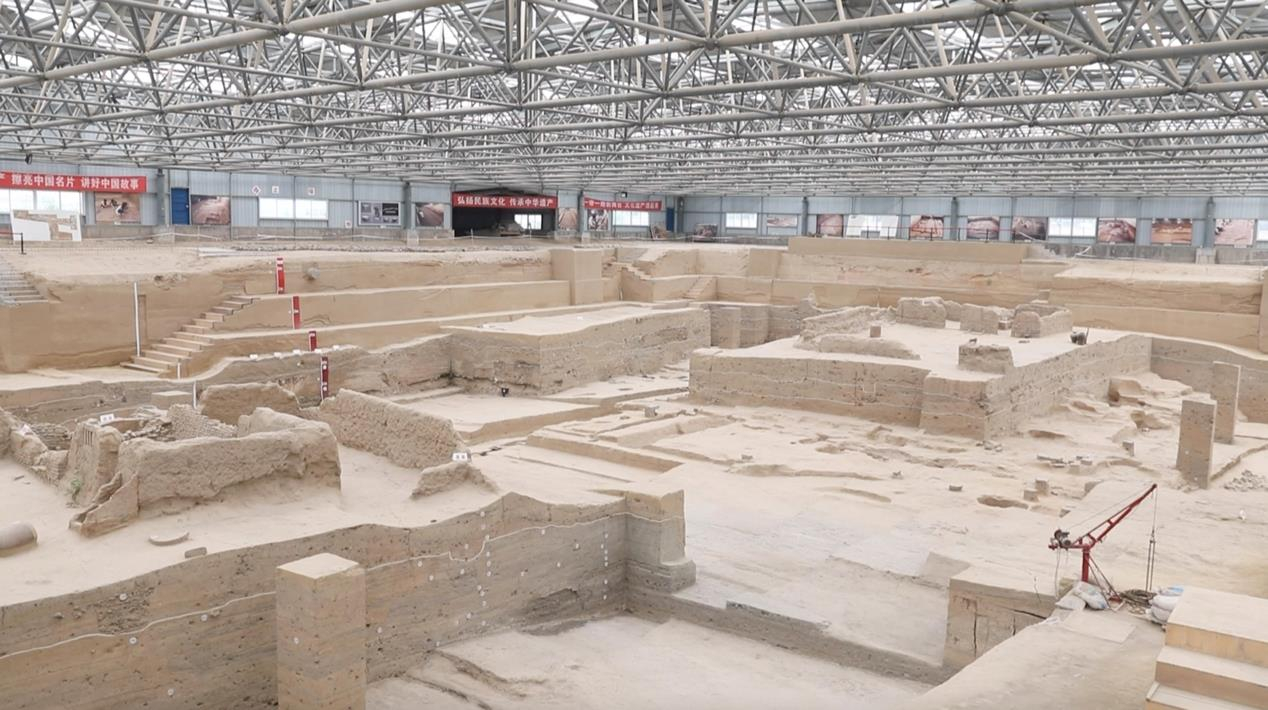

China's second longest river, the Yellow River, flows past several of the country's historic cities rich with culture. Many riverside residents see the necessity to safeguard their homeland and its culture.
Throughout Chinese history, many ancient dynasties and governments have set up their headquarters along the Yellow River. The ancient city of Kaifeng in what is now central Henan Province served as the capital seven times.
“The early central authorities and the origins of Chinese civilization were all based near the Yellow River basin. The climate of the area was suitable for human habitation,” said Zeng Guangqing, curator of the Kaifeng Museum.
Porcelain pieces unearthed in Kaifeng showed that people of the Song Dynasty (960-1279) had high standards in their tastes for art, proving the society’s wealthy lifestyle.
Chen Lianyi was committed to restoring the ceramics craft of 900 years ago. Chen particularly focused on Guan Wares, high-quality porcelain pieces made solely for the royal palace in the Northern Song Dynasty.

Chen Lianyi uses mud from the Yellow River's banks to imitate the ceramics from the Northern Song Dynasty. /CGTN Photo
“The Northern Song Guan Ware represented the peak of porcelain art. It would be a pity to lose such a splendid culture. The society has high demand for restoring the technique. In promoting Chinese civilization, Guan Ware is indispensable,” Chen said.
Guan Wares were used as sacrificial vessels. Chen said the porcelain is the iconic symbol of Chinese etiquette. The artwork reminded people to be humble, filial and respectful.
Experts believed the ruins of the Guan Ware can be found underneath Kaifeng. A historic site was found in the city that showed six layers of land built up below ground. Kaifeng was flooded many times by the Yellow River over its 4,000-year history.
“Since the 12th century, historical documents indicated that the Yellow River brought danger to Kaifeng more than 100 times. Among them, four were catastrophic,” said Ge Qifeng, deputy director of the Kaifeng Institute of Archaeology.

An archaeological discovery found evidence of three of the four catastrophic floods in Kaifeng. The site is undergoing maintenance before opening to the public. /CGTN Photo
Due to the thick sediment, the riverbed in Kaifeng is three meters higher than the horizon. Construction went on even during flood season to stabilize the river dyke.
“It is everyone's responsibility to prevent flooding,” said Li Mingjin, a senior technician at the Yellow River Kaifeng Bureau.
Li’s team is on 24/7 standby to monitor the banks, after the upstream Xiaolangdi Reservoir started to release water.
“Each section has someone in charge, and we have a professional team on hand to deal with any emergencies,” Li said.
In recent years, the potential for flooding has gone down. Li said the water control projects significantly reduced the chances of dams bursting.
(Zhang Youze and Meng Mingwei also contributed to the story.)

Copyright © 2018 CGTN. Beijing ICP prepared NO.16065310-3
Copyright © 2018 CGTN. Beijing ICP prepared NO.16065310-3